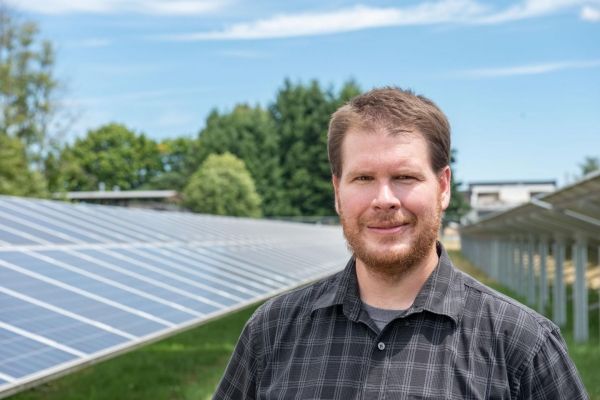Co-developing land for both solar photovoltaic power and agriculture could provide 20% of total electricity generation in the United States with an investment of less than 1% of the annual U.S. budget, a new paper by Oregon State University researchers found.
Wide-scale installation of agrivoltaic systems could lead to an annual reduction of 330,000 tons of carbon dioxide emissions in the U.S – the equivalent of 75,000 cars off the road per year – and the creation of more than 100,000 jobs in rural communities, while minimally impacting crop yield, the researchers say.
“Agrivoltaics provide a rare chance for true synergy: more food, more energy, lower water demand, lower carbon emissions, and more prosperous rural communities,” said Chad Higgins, an associate professor in Oregon State’s College of Agricultural Sciences and the senior author of the paper published in the journal Sustainability.
Agrivoltaics also align with the goals of the Green New Deal, a package of federal legislation that seeks to address climate change and economic inequalities, Higgins said.
Read more at Oregon State University
Image: Chad Higgins, an associate professor in the College of Agricultural Sciences at Oregon State University. (Credit: Oregon State University)


